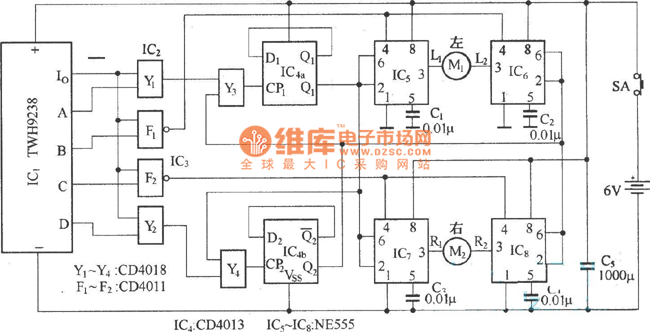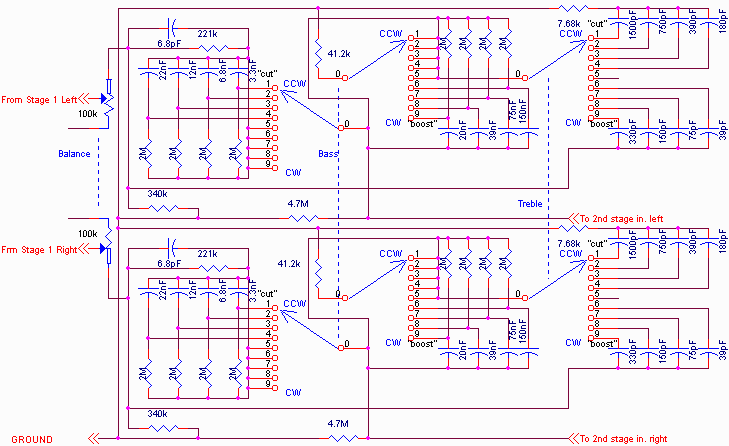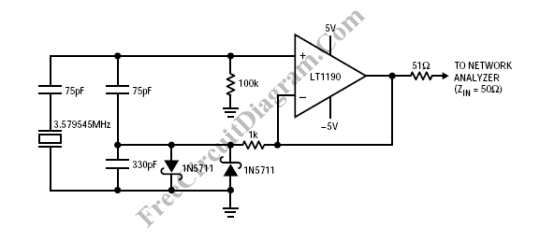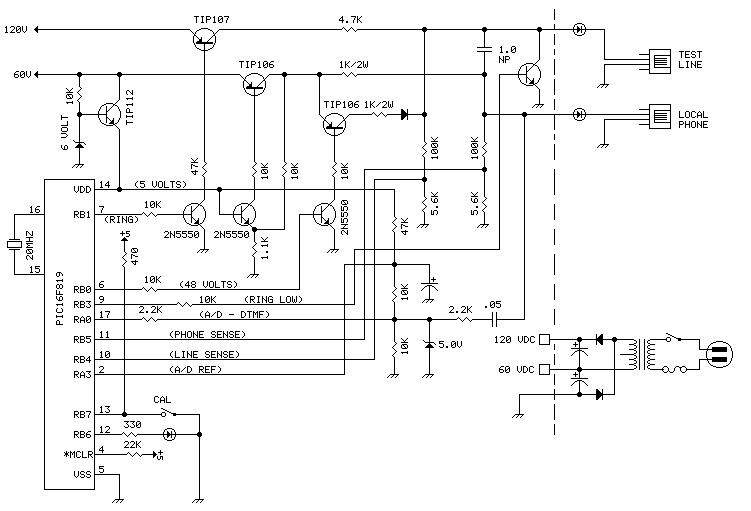
Car security system design based on PIC microcontroller and GPS tracking
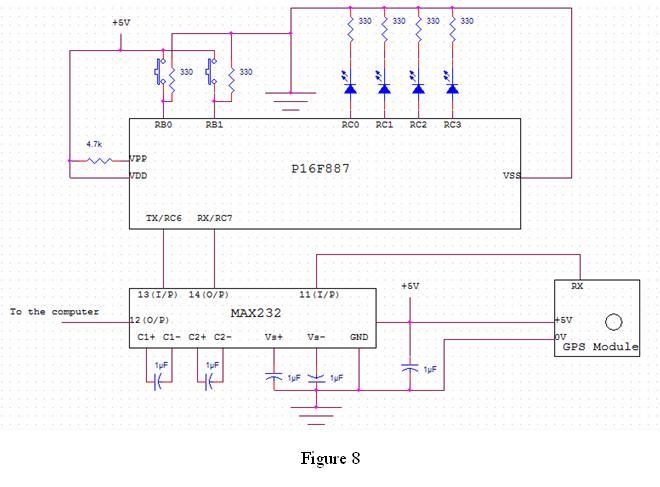
The anti-theft system includes two frequency sirens connected to the vehicle's immobilizer system. In the laboratory simulation model, the changes in operating modes, siren activation, and fuel supply cut-off are indicated by the illumination of LEDs and communicated to the computer via serial communication. Instead of a security keypad, ON and OFF push buttons are utilized in the simulation. In microcontrollers, logic 1 and logic 0 correspond to +5V and 0V, respectively. However, in the GPS module and the computer, logic 0 and logic 1 correspond to -15V and +15V, necessitating the incorporation of a MAX232 IC to match the logic levels. The GPS receiver adheres to the NMEA standard with a baud rate of 4800 bps, which must also be maintained for serial communication between the PIC and the PC. The system is programmed to interpret NMEA standard messages. This GPS receiver exhibits high sensitivity and reasonable positioning accuracy, making it suitable for the anti-theft system. Its maximum operating temperature is +80 °C, exceeding the maximum temperature likely to be experienced inside a vehicle. Given that normal vehicles do not exceed a maximum speed of 83 m/s and a maximum acceleration of 4g, the chosen GPS receiver is deemed ideal for the anti-theft system. The GPS receiver will be installed within the casing of the cabin light, a location chosen for its security and continuous power supply. The receiver's access to the sky will not be significantly obstructed by the roof. An electronic vehicle siren, capable of producing both high and low tones, will serve as the warning mechanism. The selected siren offers both high and low frequency options, and the vehicle's battery capacity is sufficient to power the siren, making it suitable for the anti-theft system. The siren will be installed in the vehicle's bonnet, facilitating easy repairs and replacements.
The described anti-theft system is a sophisticated arrangement designed to enhance vehicle security through the integration of multiple components. The dual-frequency sirens act as a deterrent and alert mechanism, while their connection to the vehicle's immobilizer system ensures that unauthorized access is effectively prevented. In the laboratory simulation, the use of LEDs to indicate various operational states provides a clear visual feedback mechanism, allowing for real-time monitoring and diagnostics.
The incorporation of push buttons in place of a traditional security keypad simplifies user interaction, making the system more accessible. The logic level adaptation using the MAX232 IC is crucial for ensuring compatibility between the microcontroller and the GPS module, allowing seamless communication and operation.
The GPS receiver's adherence to the NMEA standard at a baud rate of 4800 bps is essential for reliable data transmission, facilitating accurate tracking and positioning. The high sensitivity and positioning accuracy of the GPS receiver enhance the effectiveness of the anti-theft system, providing real-time location data that can be critical in the event of theft.
The strategic placement of the GPS receiver within the cabin light casing not only secures the device but also ensures uninterrupted power supply and minimal interference with satellite signals. The selection of an electronic siren capable of producing both high and low tones maximizes the auditory alert potential, making the system more effective in deterring potential thieves.
Overall, the design and implementation of this anti-theft system reflect a comprehensive approach to vehicle security, combining advanced technology with practical considerations for installation and maintenance. The system's features and components are meticulously chosen to ensure reliability, functionality, and ease of use, ultimately enhancing the safety and security of the vehicle.The actual anti-theft system is equipped with two frequency siren and connected to a vehicles immobilizer system. But in the laboratory simulation model; the change of operating modes, triggering of the siren and cutting off of the fuel supply to the engine is indicated by lighting of LEDs as well as from the computer through the serial communicat
ion. Instead of the Security key-pad, ON and OFF push buttons are incorporated in the simulation. In micro-controllers, logic 1 and logic 0 correspond to +5V and 0V respectively. But in the GPS module as well as in the computer, the logic 0 and logic 1 correspond to -15V and +15V respectively. Therefore, MAX232 IC has been incorporated to match the logic levels. The GPS receiver uses the NMEA standard with a baud rate of 4800 bps, therefore the serial communication baud rate of the PIC and the PC should also be 4800 bps.
The system should be programmed to read NMEA standard messages. This GPS receiver has a high sensitivity and a reasonable positioning accuracy which is matching to the anti-theft system. The maximum operating temperature of the receiver is +80 °C which is way higher than the maximum temperature that could occur inside the vehicle and since a normal vehicle does not exceed a maximum velocity of 83 m/s and a maximum acceleration 4g, it is ensured that the selected GPS receiver is ideal for the anti-theft system.
It was decided to fix the GPS receiver inside the casing of the cabin light. This location is selected because, it is well secured and it has a continuous power supply. The receiver`s access to the sky will not heavily weaken because of the roof. An electronic vehicle siren with a high and low tone will be used as the warning siren. The selected siren provides the both high and low frequency sirens. The capacity of the battery of the vehicle is adequate for the energy dissipation of the siren; this siren is ideal to be used for the anti-theft system. It has been decided to fix the siren inside the bonnet of the vehicle, as it is easy for repairs and replacements.
🔗 External reference
The described anti-theft system is a sophisticated arrangement designed to enhance vehicle security through the integration of multiple components. The dual-frequency sirens act as a deterrent and alert mechanism, while their connection to the vehicle's immobilizer system ensures that unauthorized access is effectively prevented. In the laboratory simulation, the use of LEDs to indicate various operational states provides a clear visual feedback mechanism, allowing for real-time monitoring and diagnostics.
The incorporation of push buttons in place of a traditional security keypad simplifies user interaction, making the system more accessible. The logic level adaptation using the MAX232 IC is crucial for ensuring compatibility between the microcontroller and the GPS module, allowing seamless communication and operation.
The GPS receiver's adherence to the NMEA standard at a baud rate of 4800 bps is essential for reliable data transmission, facilitating accurate tracking and positioning. The high sensitivity and positioning accuracy of the GPS receiver enhance the effectiveness of the anti-theft system, providing real-time location data that can be critical in the event of theft.
The strategic placement of the GPS receiver within the cabin light casing not only secures the device but also ensures uninterrupted power supply and minimal interference with satellite signals. The selection of an electronic siren capable of producing both high and low tones maximizes the auditory alert potential, making the system more effective in deterring potential thieves.
Overall, the design and implementation of this anti-theft system reflect a comprehensive approach to vehicle security, combining advanced technology with practical considerations for installation and maintenance. The system's features and components are meticulously chosen to ensure reliability, functionality, and ease of use, ultimately enhancing the safety and security of the vehicle.The actual anti-theft system is equipped with two frequency siren and connected to a vehicles immobilizer system. But in the laboratory simulation model; the change of operating modes, triggering of the siren and cutting off of the fuel supply to the engine is indicated by lighting of LEDs as well as from the computer through the serial communicat
ion. Instead of the Security key-pad, ON and OFF push buttons are incorporated in the simulation. In micro-controllers, logic 1 and logic 0 correspond to +5V and 0V respectively. But in the GPS module as well as in the computer, the logic 0 and logic 1 correspond to -15V and +15V respectively. Therefore, MAX232 IC has been incorporated to match the logic levels. The GPS receiver uses the NMEA standard with a baud rate of 4800 bps, therefore the serial communication baud rate of the PIC and the PC should also be 4800 bps.
The system should be programmed to read NMEA standard messages. This GPS receiver has a high sensitivity and a reasonable positioning accuracy which is matching to the anti-theft system. The maximum operating temperature of the receiver is +80 °C which is way higher than the maximum temperature that could occur inside the vehicle and since a normal vehicle does not exceed a maximum velocity of 83 m/s and a maximum acceleration 4g, it is ensured that the selected GPS receiver is ideal for the anti-theft system.
It was decided to fix the GPS receiver inside the casing of the cabin light. This location is selected because, it is well secured and it has a continuous power supply. The receiver`s access to the sky will not heavily weaken because of the roof. An electronic vehicle siren with a high and low tone will be used as the warning siren. The selected siren provides the both high and low frequency sirens. The capacity of the battery of the vehicle is adequate for the energy dissipation of the siren; this siren is ideal to be used for the anti-theft system. It has been decided to fix the siren inside the bonnet of the vehicle, as it is easy for repairs and replacements.
🔗 External reference

